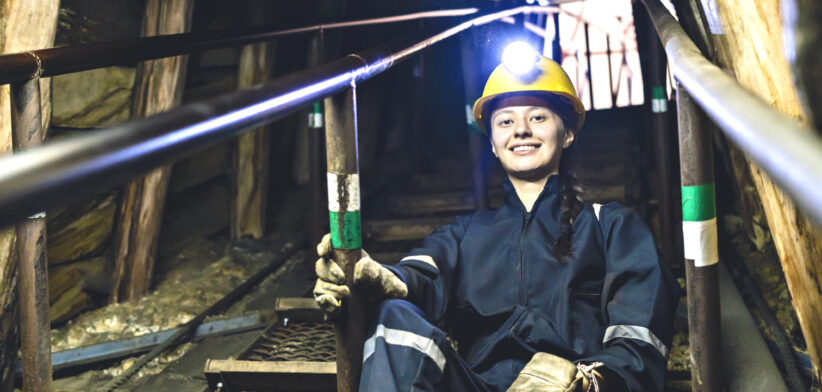There is no large international bank without a net-zero plan. These plans invariably include curbs in lending to the oil and gas industry. Yet despite these plans. Most of the world’s top lenders continue doing business with the oil industry—and they’ve been doing more of it lately.
The revelation comes from the 15th annual Banking on Climate Chaos report authored by an organization called Oil Change International, part of a group of climate NGOs committed to putting an end to the oil and gas industry.
According to this report, the world’s 60 largest banks have invested $6.9 trillion in the oil and gas industry since the Paris Agreement was signed in 2016, marking the official start of the global net-zero shift. Of this, Oil Change International reported, $3.3 trillion went towards expanding the production of hydrocarbon energy.
This is bad enough news from the climate NGO perspective, certainly, but it is not the only bad news. What’s worse than a total of $6.9 trillion in hydrocarbon investment is an investment of $705 billion for 2023 alone—with some segments of the industry seeing increases in bank funding. This, in a world with a net-zero agenda, should not be happening, especially when banks are making decarbonization pledges and officially shrinking their business dealings with oil and gas producers. Yet not all of them are doing it.
Oil Change International, for lack of other tools, uses naming and shaming to sound the alarm of banks financing oil and gas, calling what it sees as the worst net-zero offenders “The Dirty Dozen”.
Those are led by JP Morgan, which invested $430.9 billion in the oil and gas industry between 2016 and 2023. At number two, we have Citi, with oil and gas exposure of $396.3 billion for the period, followed by Bank of America, which invested $333.3 billion between the signing of the Paris Agreement and last year.
The “Dirty Dozen” also includes lenders such as Barclays, MUFG, Scotiabank, and HSBC, as well as RBC and the report includes a lot of language aimed at making these banks feel embarrassed about their business practices. What it doesn’t do is ask the question that this information begs: why are banks investing so much in oil and gas?
The answer, of course, lies in the financial reports of oil companies and news reports such as the one that Global Witness released this February, stating Big Oil majors paid their shareholders a record $111 billion in dividends on the back of record profits for 2022. Those record profits were driven by the energy crunch in Europe that highlighted the importance of energy security in a way that everyone could understand—except climate NGOs, it appears.
The Oil Change International report says that financing for liquefied natural gas increased last year, hitting $120.9 billion. From their perspective, this must be a worrying trend. From the perspective of the banks themselves, this is good business—because demand for LNG is on the rise with Europe switching from pipelines to LNG carriers. Even record electricity generation from wind and solar in 2023 did not depress demand for liquefied gas.
Worse still for climate NGOs, funding for fracking increased last year as well, reaching $59 billion, provided to a total 236 companies by lenders including already named and shamed JP Morgan, Citi, and BofA, along with Morgan Stanley and Wells Fargo. The reason this happened was that demand for oil, including shale oil, was also on the rise, just like demand for natural gas.
The energy demand conundrum is the ultimate challenge for the climate NGO crowd. Protests and road-gluing spectacles may attract attention—although sometimes it is the wrong kind of attention—but the net-zero agenda cannot be followed if demand for hydrocarbons remains as strong as it has been in all the years since the signing of the Paris Agreement.
Attempts to destroy this demand, however, have invariably failed. The buildout of alternative sources of electricity to gas and coal are thriving, with governments spending billions on supporting them. Even so, wind and solar have been unable to cope with the rise in electricity demand and now there are warnings that more gas power plants would need to be built to respond to the expected surge in that demand that the IT sector will drive.
In transport, EV sales have grown strongly thanks to equally strong government support and yet even in Norway, which has the highest per-capita adoption rate, oil demand has not declined. Some of the world’s top carmakers are losing hundreds of thousands on the EVs they produce and they only keep doing it because their gasoline and diesel vehicles are still selling well.
Pointing the finger at banks for their lending to the oil and gas industry without acknowledging the reasons they are doing it would, in any other context, be considered sloppy work. Yet in this case, the reasons for banks to continue funding oil and gas are too inconvenient for the activists tracking this funding. These reasons are that oil and gas make money and that it is very good money—because people want reliable, affordable energy.
By Irina Slav for Oilprice.com





